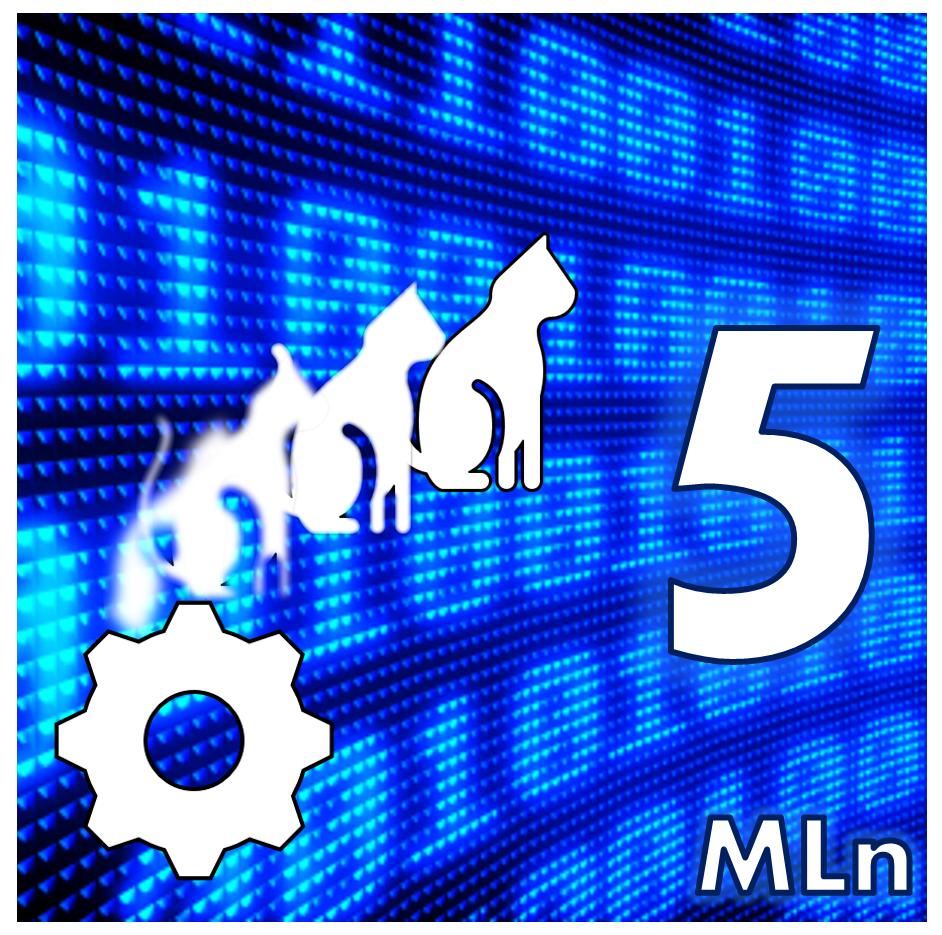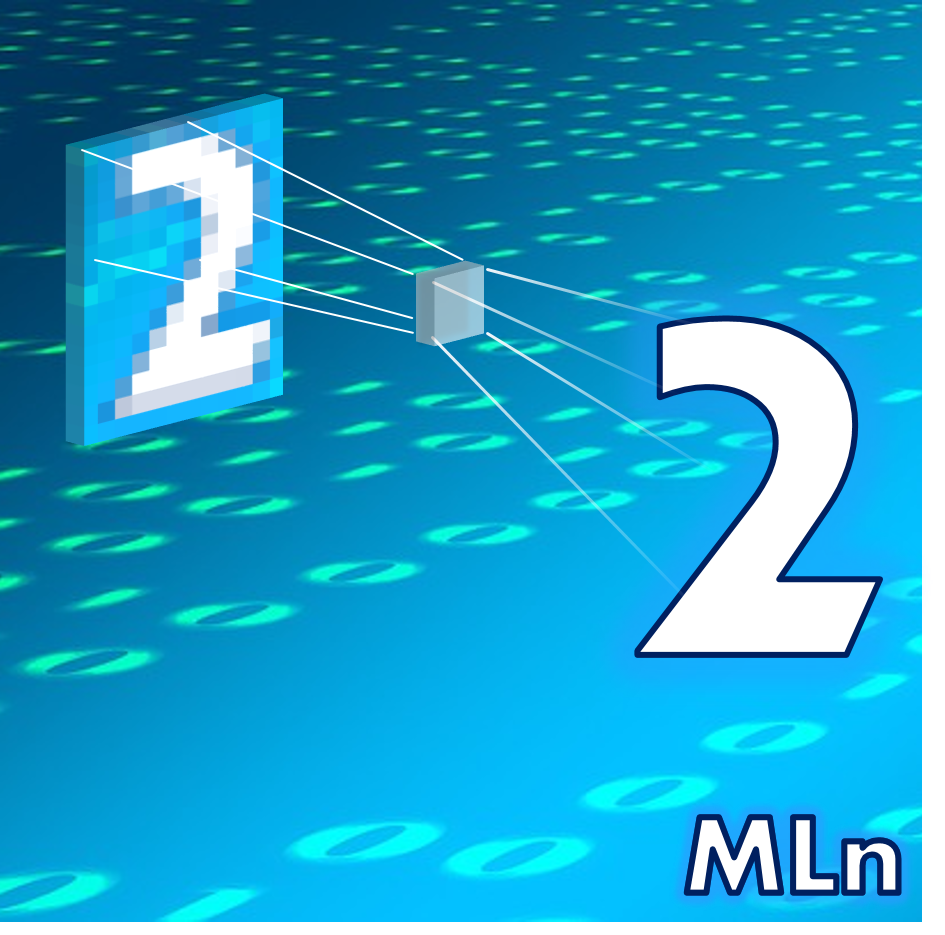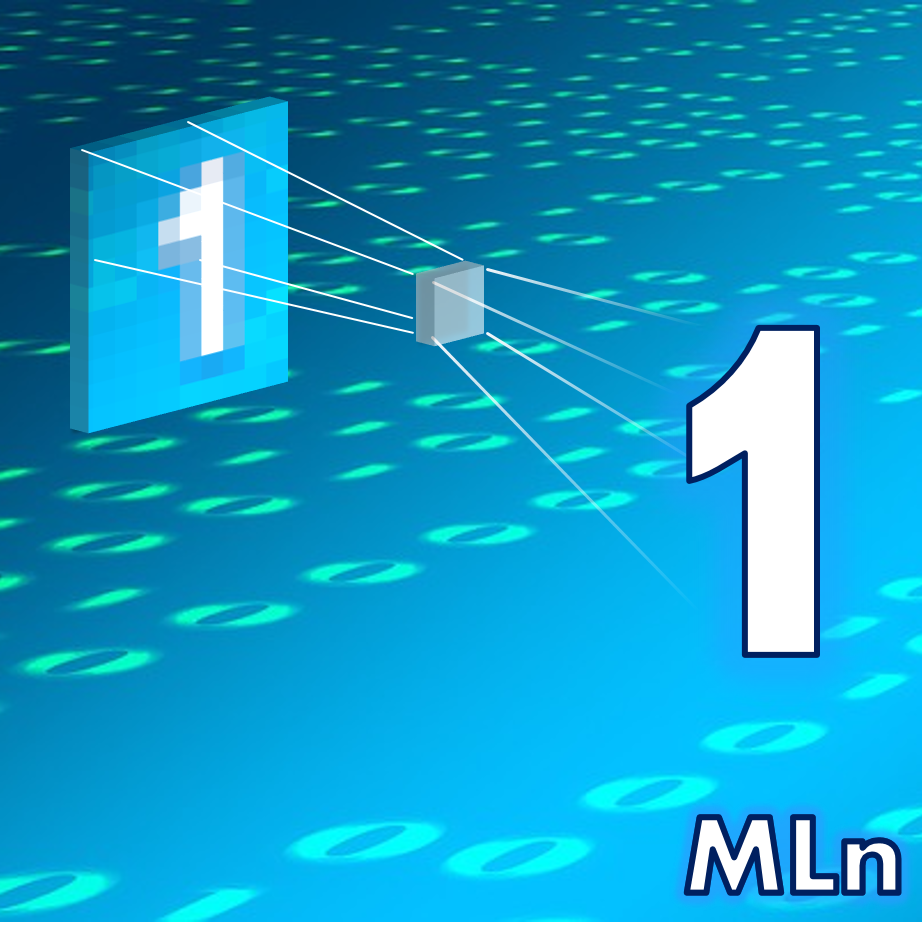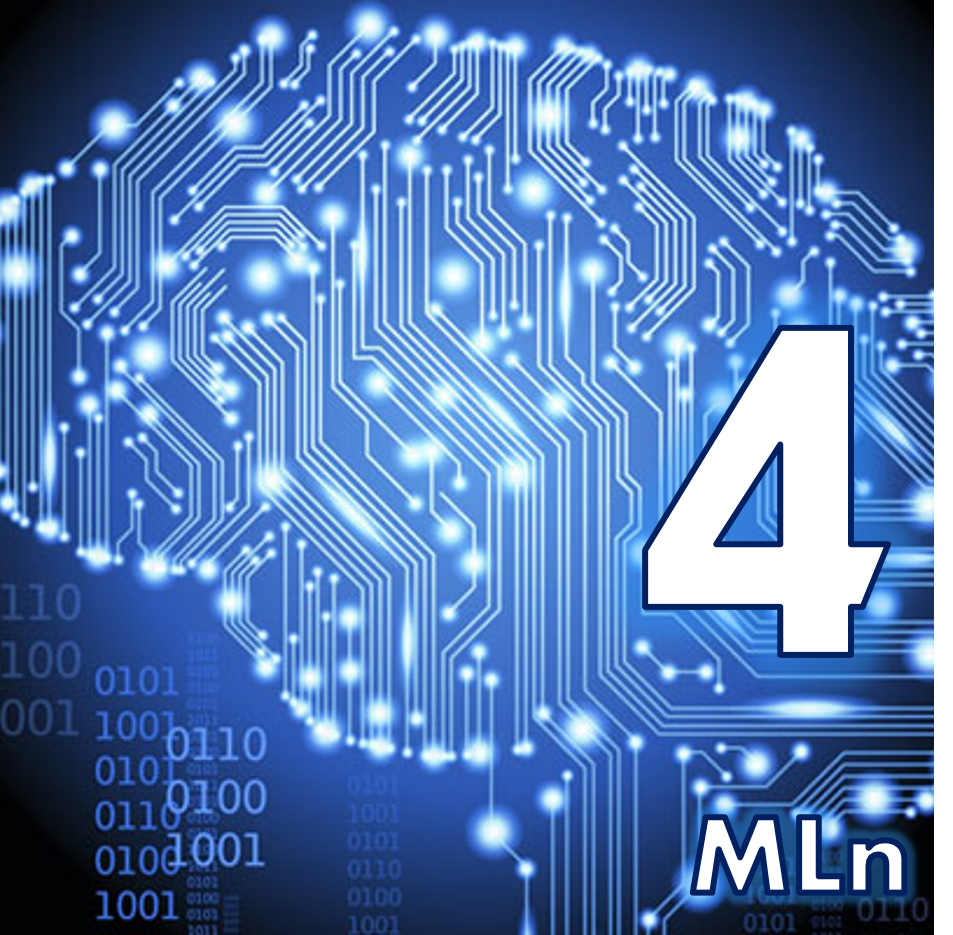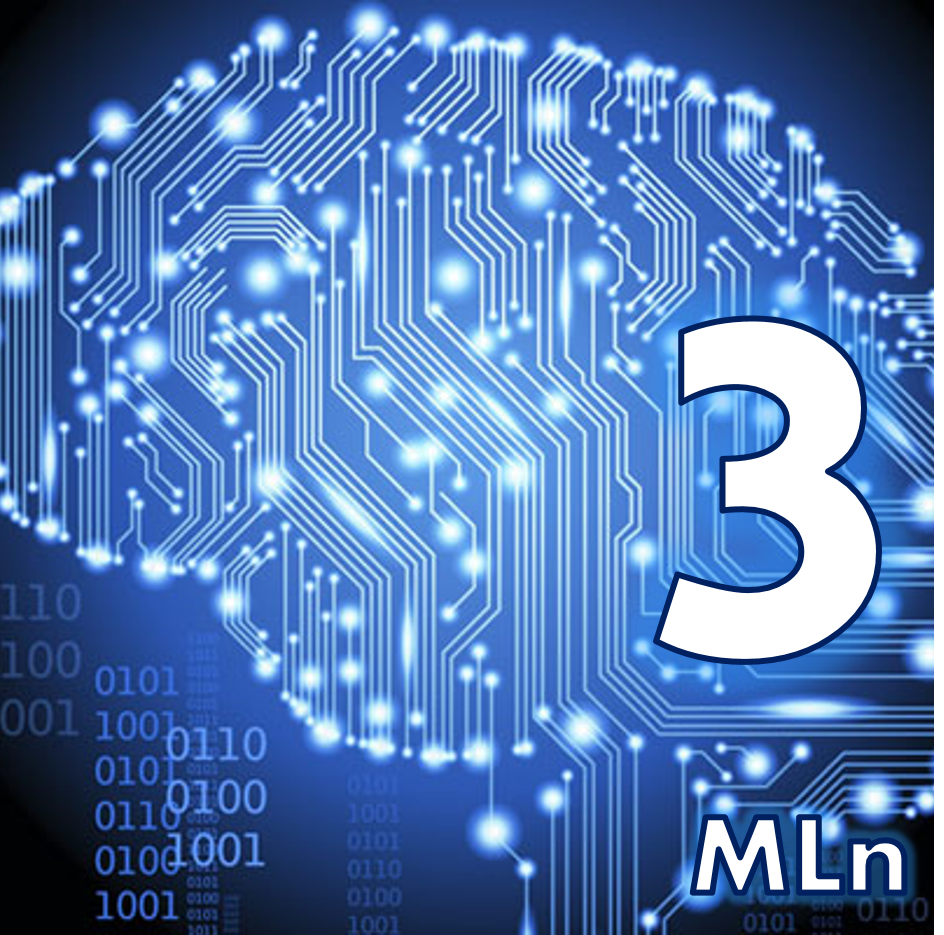Generative Adversarial Network (GAN) in TensorFlow - Part 4
Generative Adversarial Network (GAN) in TensorFlow - Part 3
Generative Adversarial Network (GAN) in TensorFlow - Part 2
This tutorial will provide the data that we will use when training our Generative Adversarial Networks. It will also take an overview on the structure of the necessary code for creating a GAN and provide some skeleton code which we can work on in the next post. If you’re not up to speed on GANs, please do read the brief introduction in Part 1 of this series on Generative Adversarial Networks.
Generative Adversarial Network (GAN) in TensorFlow - Part 1
We’ve seen that CNNs can learn the content of an image for classification purposes, but what else can they do? This tutorial will look at the Generative Adversarial Network (GAN) which is able to learn from a set of images and create an entirely new ‘fake’ image which isn’t in the training set. Why? By the end of this tutorial you’ll get know why this might be done and how to do it.
Convolutional Neural Networks - TensorFlow (Basics)
Convolutional Neural Networks - Basics
This series will give some background to CNNs, their architecture, coding and tuning. In particular, this tutorial covers some of the background to CNNs and Deep Learning. We won’t go over any coding in this session, but that will come in the next one. What’s the big deal about CNNs? What do they look like? Why do they work? Find out in this tutorial.
A Simple Neural Network - Simple Performance Improvements
The 5th installment of our tutorial on implementing a neural network (NN) in Python. By the end of this tutorial, our NN should perform much more efficiently giving good results with fewer iterations. We will do this by implementing “momentum” into our network. We will also put in the other transfer functions for each layer.
A Simple Neural Network - With Numpy in Python
Part 4 of our tutorial series on Simple Neural Networks. We’re ready to write our Python script! Having gone through the maths, vectorisation and activation functions, we’re now ready to put it all together and write it up. By the end of this tutorial, you will have a working NN in Python, using only numpy, which can be used to learn the output of logic gates (e.g. XOR)
